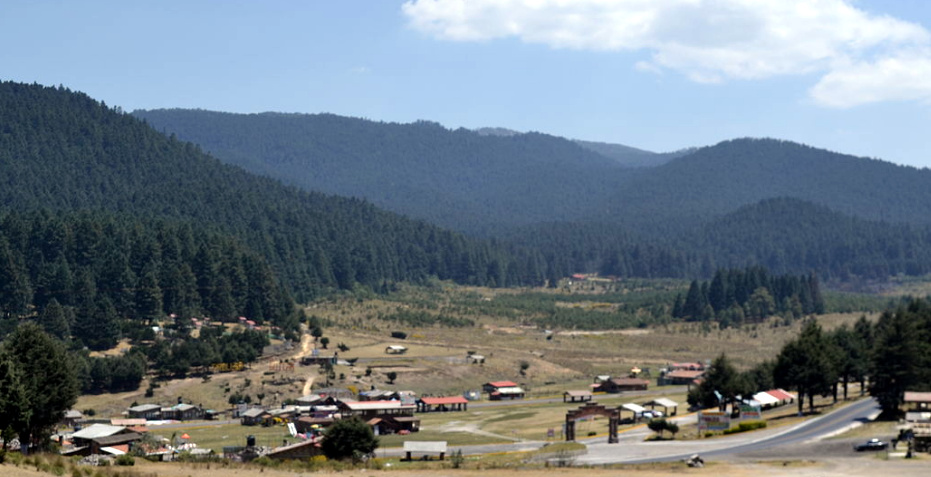
La Marquesa is a giant park on the western edge of Mexico City. The Parque Nacional Insurgente Miguel Hidalgo y Costilla was established in 1936, and even today, many Mexico City residents don’t realize it’s a protected National Park. It may seem at first like a highway exit on the road to Toluca, but don’t judge by first appearances. There’s a lot to it.
La Marquesa Park covers most of the territory directly dividing the Mexico and Toluca valleys. Natural attractions include a high-altitude coniferous forest. Protected wildlife abounds and to the south, the park shares a border with Desierto de los Leones National Park to the south. It’s an enormous natural area.
Along the highway are of course a multitude of eateries and service providers. Horse and ATV rentals are just the most apparent. The park also opens out to “El Zarco,” a colonial building which was part of the La Marquesa estate. Today it’s an educational center. But visitors arrive for mountain biking, mountaineering, and camping.
The first recorded settlers in the area were likely from Teotíhuacan, or at any rate, influenced by that little-known culture. They are believed to have settled here around 650 CE. They seem to have disappeared soon after, though. In about 1450, some Tepaneca people of Azcapotzalco took refuge in the area. Much of the rest of Cuajimalpa saw increases in their numbers as the Triple Alliance (ca. 1427) drove them from their traditional territories. They were eventually subjected to rule from Tenochtitlan.
During the Spanish invasion, Tepaneca warriors joined forces against the Mexica of Mexico-Tenochtitlan. The leader, Martin Chimaltécatl de Ocoyoacac was appointed governor of the area soon after. The La Marquesa Hacienda was a land grant made in 1532 to Juana de Zúñiga. Sometimes called the Hacienda de Las Cruces, it covered a strategic point along he road to Toluca from the very beginning. Manuel Tolsá, much later, would design the obelisk of Monte de Las Cruces to mark the boundary where the toll was paid.
The area is also famous for the 1810 Battle of Monte de las Cruces. Miguel Hidalgo’s forces confronted the Army of New Spain under General Torcuato Trujillo. The insurgents won. By the 1850s, a glass factory here was producing bottles for a Toluca brewery and the soft drink company, Sidral Mundet.
In 1852, local people raised funds for another obelisk to commemorate the Battle, and this was based on Manuel Tolsá’s earlier design. Later during the Mexican Revolution, Zapatista forces maintaint multiple barracks in the surrounding area. There is still some historical memory of their presence here (as there is in much of the south of Mexico City).
In 1936, President Lázaro Cárdenas declared the area a national park. Some of the land boundaries were not settled until 1995. With a total area of 1,760 hectares, La Marquesa is a massive and well-visited national park.
 01 55 3393 1310
01 55 3393 1310
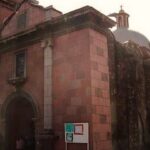
Nearest at 5.65 kms.

Nearest at 6.21 kms.
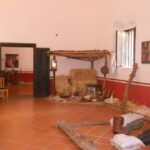
Nearest at 6.47 kms.
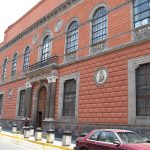
The first Academy and Museum of Fine Arts in the Americas...
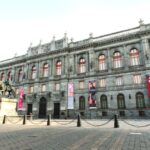
Home to two of Tolsá's mastpieces, it's only fitting the plaza should bear his name.
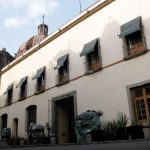
The former Santa Inés Church & Convent provides some lively competition on a City Center street.
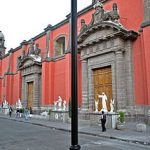
One of the city center's most illustrious former convents is still a sight to see.
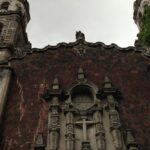
An 18th century hulk of a church holding a number of important artworks.